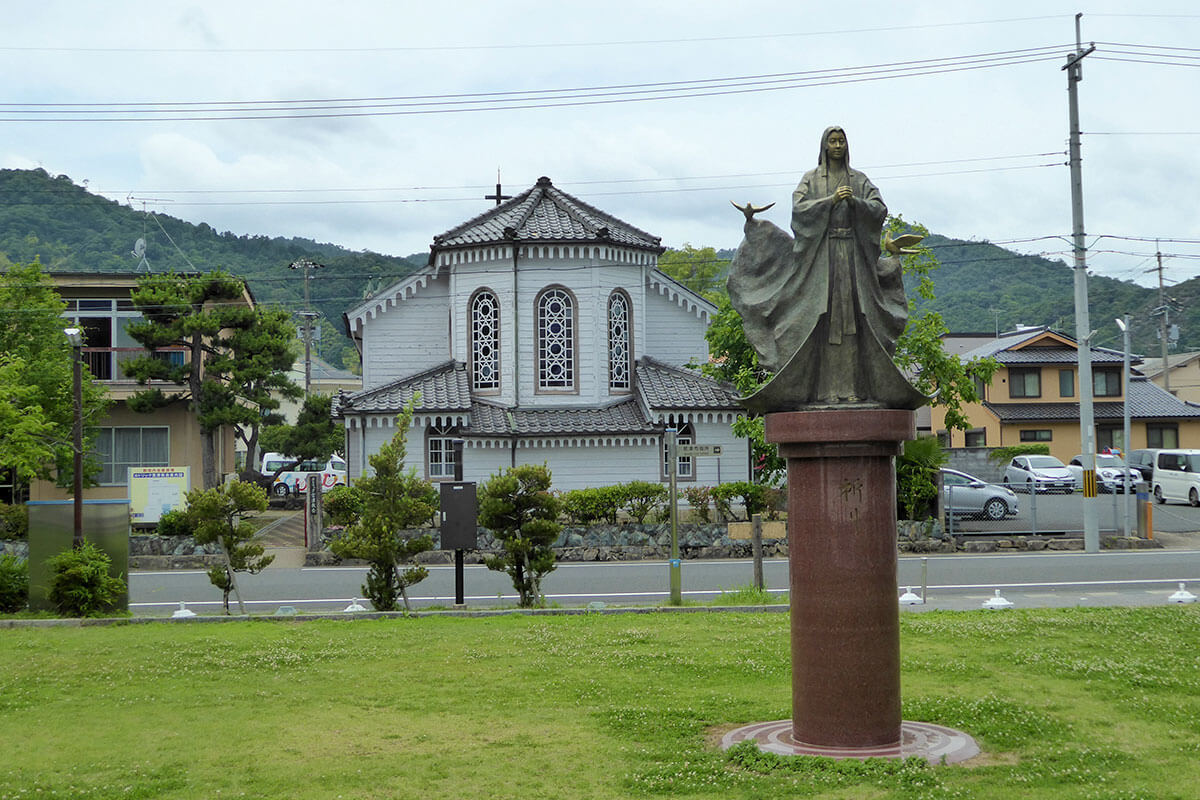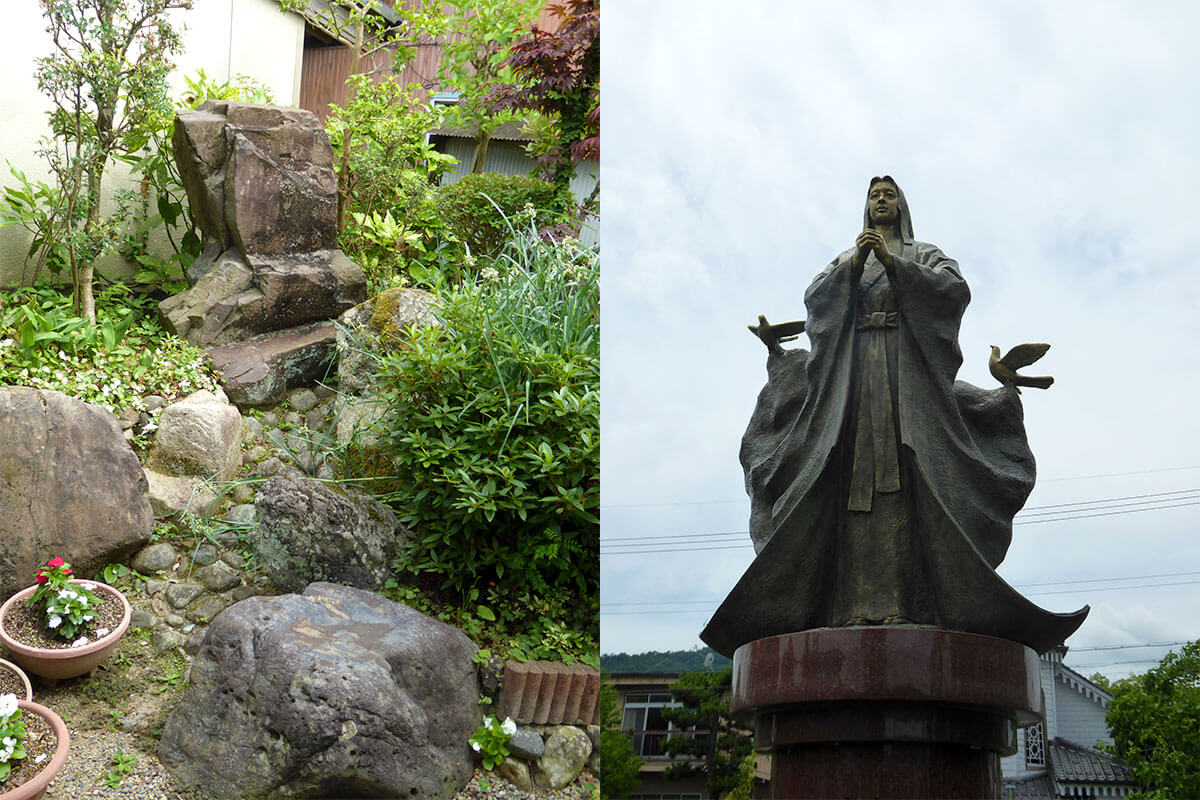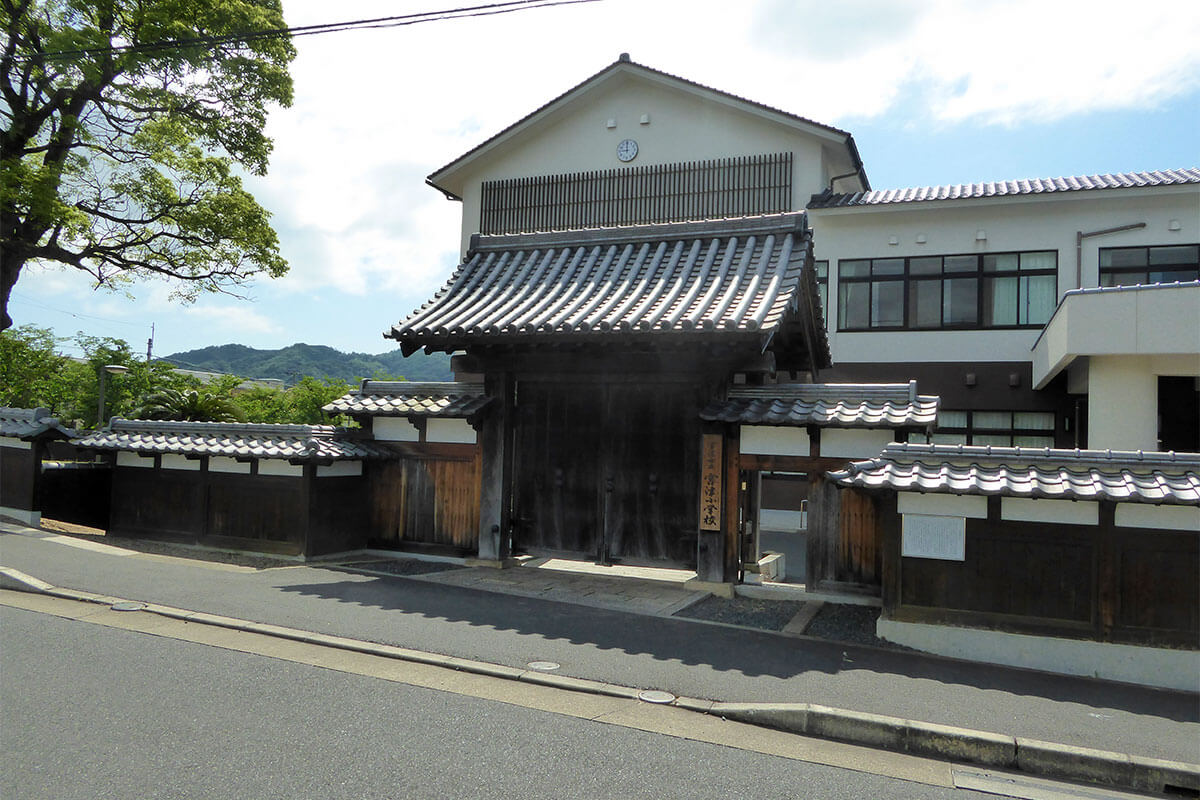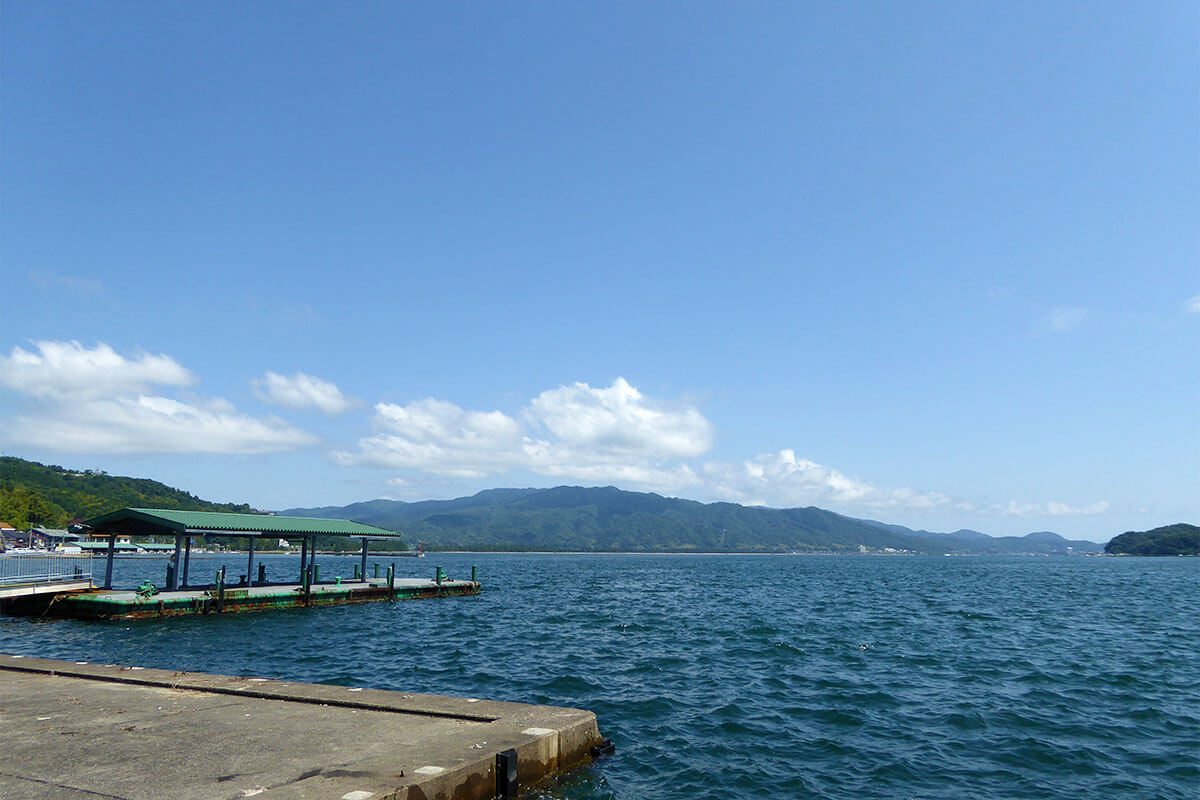
Knowing when to fall is the key to the world's
Flowers will take care of themselves, people will take care of themselves
It is a poem of resignation by Hosokawa Garasha, daughter of Akechi Mitsuhide.
During the Warring States period, Galasha led a tumultuous life.
At a private house in Miyazu City, northern Kyoto Prefecture, a place associated with Galasha, I happened to come across a garden stone that is said to be related to Hosokawa Galasha.The height of the stone is about 1.2 meters. The presence of the stone stands out in the not so large garden area.
Let us briefly trace the profile of Hosokawa Garasha. She is said to have been the third daughter of Mitsuhide Akechi, and her name was Tama (Tamako). Tama, who is said to have been beautiful and intelligent, married Tadaoki, the son of Fujitaka (Yusai) Hosokawa, who was also 16 years old, on the order of Nobunaga Oda. Mitsuhide and Fujitaka Hosokawa were allies. In addition, Nobunaga's encouragement made their marriage the object of much envy at the time. However, Tama was happy for only a few years. Then came an unexpected tragedy. The Honnoji Incident.
Tama's life changed drastically when her father, Mitsuhide, defeated her lord, Oda Nobunaga, and was defeated by Toyotomi Hideyoshi. She falls from the wife of the lord of the castle to the daughter of a rebel. Around that time,Tama lived in Miyazu Castle in Tango and was imprisoned for about two years in the remote Tango region of Ajidono (Midono).Even after being allowed to return to Japan with Tadaoki, his life in Osaka was akin to confinement. Losing his spiritual home, Tama awakened to the Christian faith, was baptized, and became Galasha. Later, she refused to be taken hostage by Ishida Mitsunari of the Western Army during the Battle of Sekigahara, and took her own life at the hands of her vassals, ending her life in a burning castle.

Statue of Galasha standing behind the church
When this Garasha was imprisoned in the land of Ajidono for two years,A pavilion was built for her.It is said that there was a female castle as the residence of the tama, and a male castle where those who guarded the valley lived across the valley. When building the pavilion, rocks and trees were quarried from the valley in the Tango region. A stone that is said to be part of the quarried rock was left in the yard of the house mentioned above.

(Left) A garden stone said to have been quarried when building the Ajidono mansion of Tama (Garasha) (Right) Statue of Garasha standing in the Otogawa Fureai Plaza
When we spoke with the family, we learned that it originally belonged to the family home of an old teahouse owner in the town of Yaoei, located a little northwest of Ajidono in Tango. Generation after generation,It's part of the stone that was quarried for Galasha's mansion.He said that he had heard that the stone was not used for the pavilion. I have not heard how it happened, but he said, "The ancestors must have gotten the stones that were not used for the pavilion through some kind of a source.
He added, "When the anniversary of Mr. Galasha's death draws near,The shadow of a woman in kimono is reflected in the stone.I have been told. I think it might be Mr. Galasha, but I have not seen him yet," he added.
It is some fate that we can come across a stone related to Galasha in the year of the broadcast of a historical drama starring Mitsuhide, some 400 years later. Up close,Obviously, there are cut-out marks and it is not natural.It can be seen that The stone has seen various histories from earlier times, including the tragedy of Hosokawa Garasha (Tama). The stone does not speak to me, but when I touched it, I felt the flow of time seeping through my fingertips.

The Drum Gate, which was moved from Miyazu Castle where Tama and Tadaoki lived.

Amanohashidate could be seen from Miyazu Castle, a castle on the sea. It is hard to see, but the green line lying on the border between the mountains and the sea is Amanohashidate.
Tradition that exists everywhere in the city of Kyoto. It is not just a picture, it is secretly alive in this modern age and continues to coexist with people. The two of Office TO, who previously wrote a series of articles "Kyoto's Demon World Exploration" in the monthly magazine Leaf, explore the mysterious "different" world of Kyoto, which was created over 1200 years. I will unravel the story while actually visiting the place. .
 News
News Feature article
Feature article Featured event
Featured event